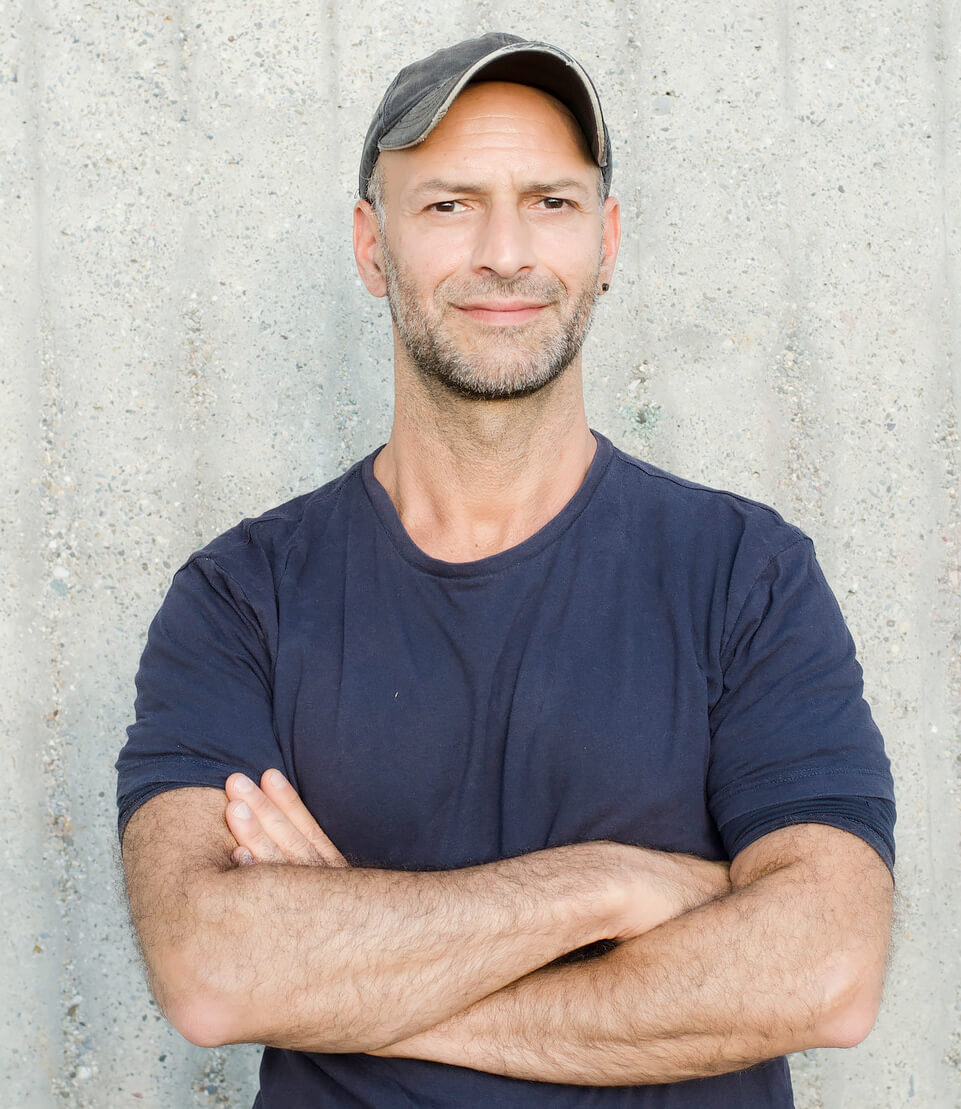Claudio Rasano lives and works in Basel, Switzerland. His work explores the relationship between spaces and humans, the subject within the space and the space as the subject itself. Rasano has a genuine and identifiable style that crosses documentary and fine art practices. He works with people from similar backgrounds, circumstances and experiences - environmental portraits and landscapes depicting a quiet anthropological commentary. There is a strong relationship between the environmental portraits and the landscape images.
He is the recipient of Photovogue Portraits 2017, Taylor Wessing Photographic Prize 2016, Lensculture portrait award Finalists, Syngenta Photography Award Unseen and Life 2017 Framer World Travellers. 2019 Meitar Award for Excellence in Photography at PHOTO IS:RAEL
Statement
My work may cross countries and continents, but there is one thing that features centrally throughout, people.
People are the focal point of his work, whether it's schoolchildren in South Africa or cigarette sellers in Tirana, the story of the country that Claudio is working in is told through its people.
"I love to explore the relationship between spaces and humans, the subject within the space and the space as the subject itself, I work with people from similar backgrounds, circumstances and experiences -environmental portraits and landscapes depicting a quiet anthropological commentary. It is important for me to see that there is a strong relationship between environmental portraits and landscape images."
His work is focused around the human stories of an area, but in many cases it is not just the person that is of interest. The composition of many of his images, even when portraits, provides a snapshot of the landscapes and built environments that are around the subject. This contextualises many of his photographs, helping you to build a more rounded impression of the individuals based on their surroundings too - the perfect example of this being his image of South African workmen in sodden clothes.
